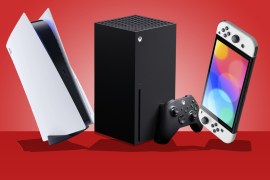Philips 55OLED808 review: lives up to the legacy
Has Philips delivered another fabulous mid-range OLED?
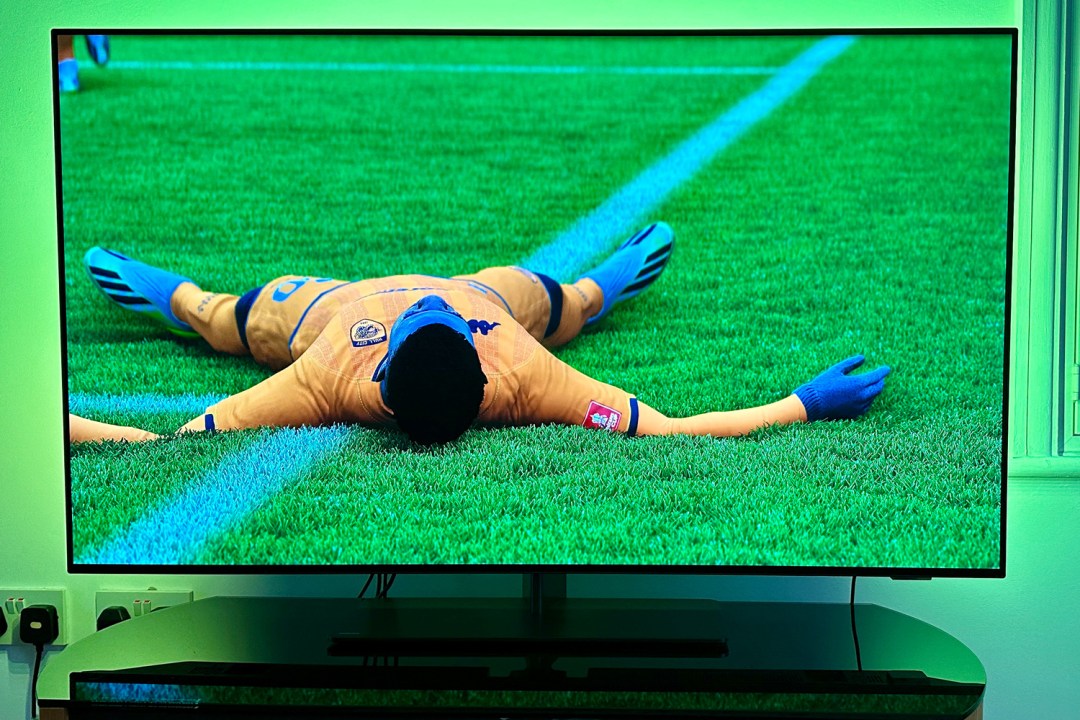
Stuff Verdict
Did anyone really not see the headline ‘Another Great Philips OLED TV’ coming?
Pros
- Ambilight is its usual delight
- Bright, detailed and beautifully balanced images
- Half-decent audio system
Cons
- No Freeview Play
- Only two 4K@120Hz HDMI inputs
- Remote control could use some backlighting
Introduction
In the beginning (sort of) was 806, which begat 807. And now Philips has delivered its OLED808 4K TV range, which has the not-at-all enviable task of attempting to pick up where last year’s OLED807 left off.
Given that the OLED807 range was pretty much universally acclaimed as one of the best pound-for-pound OLED TV ranges ever produced, Philips finds it’s in the unfortunate position of having made life difficult for itself. If the Philips 55OLED808 turns out to be a corker, well, that’s just the firm doing that thing it’d been doing for quite a while now. And if it doesn’t, well… that’s basically a catastrophe. Which is it, Philips?
How we test TVs
Every TV reviewed on Stuff is put through its paces with a mix of film, TV and game content, using a combination of streaming services, Blu-ray and console games. We use our years of testing experience to judge picture and sound quality, ease of use, and value for money. Manufacturers have no visibility on reviews before they appear online, and we never accept payment to feature products.
Find out more about how we test and rate products.
Review originally published on 7 November 2023
Design and build: come correct
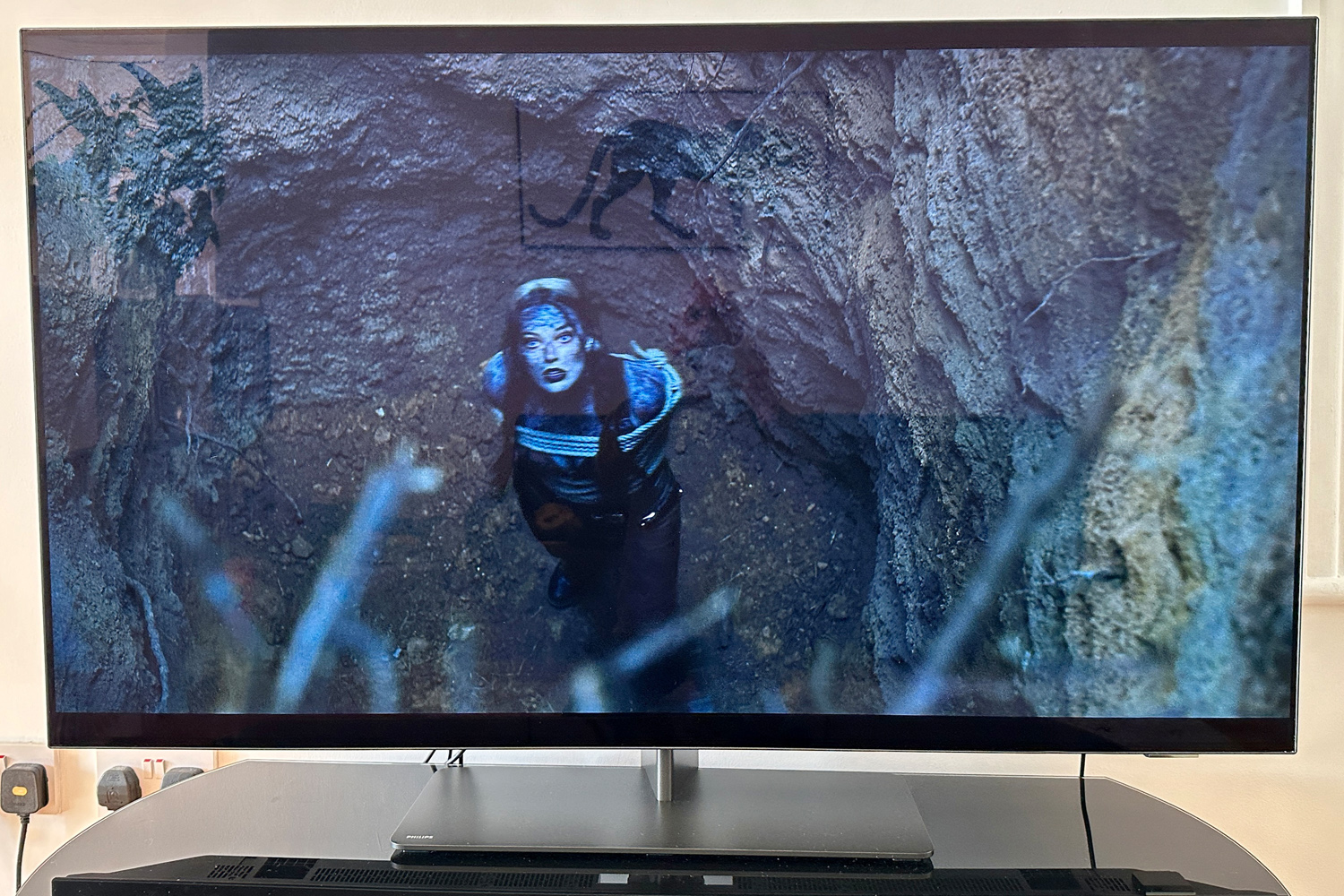
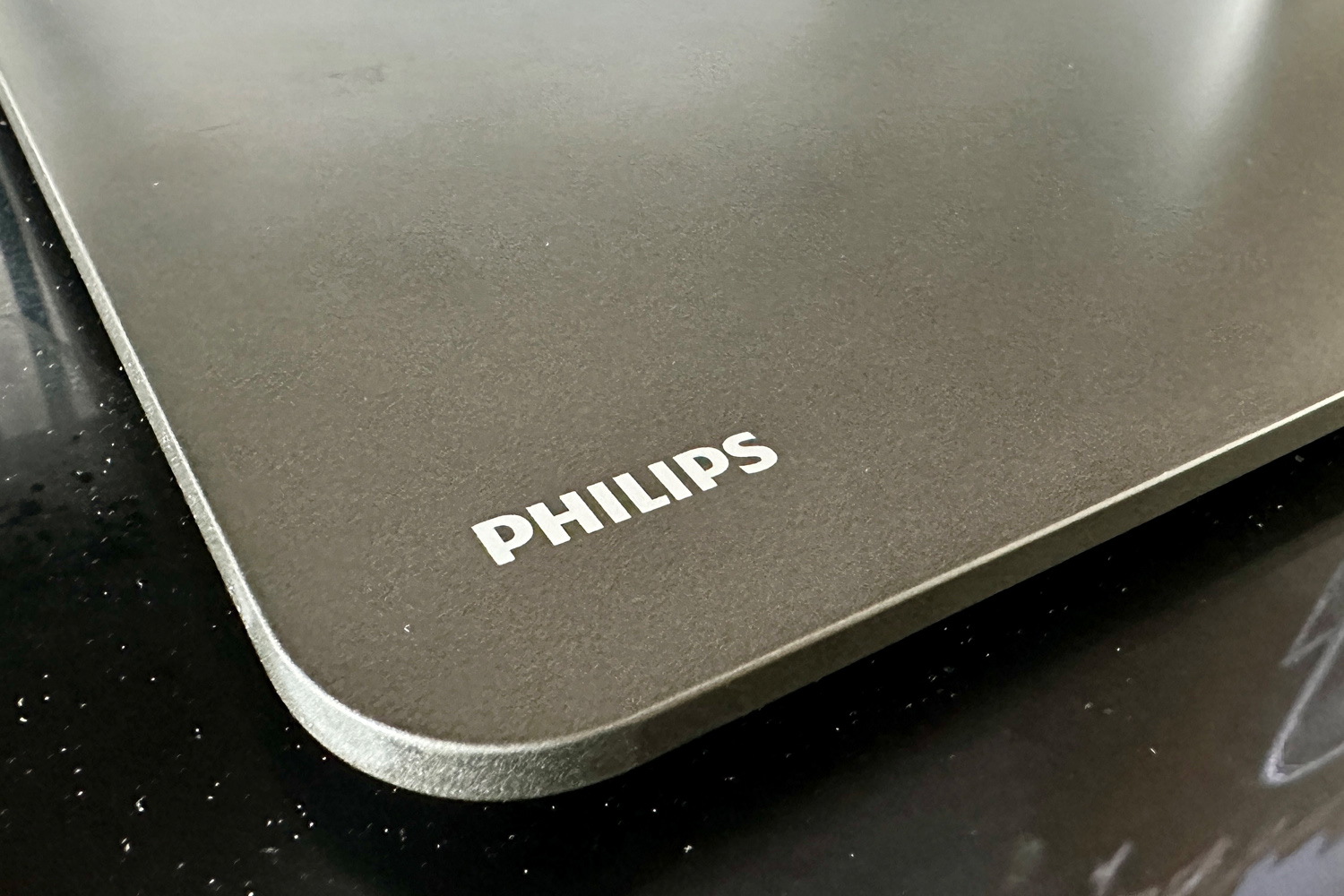
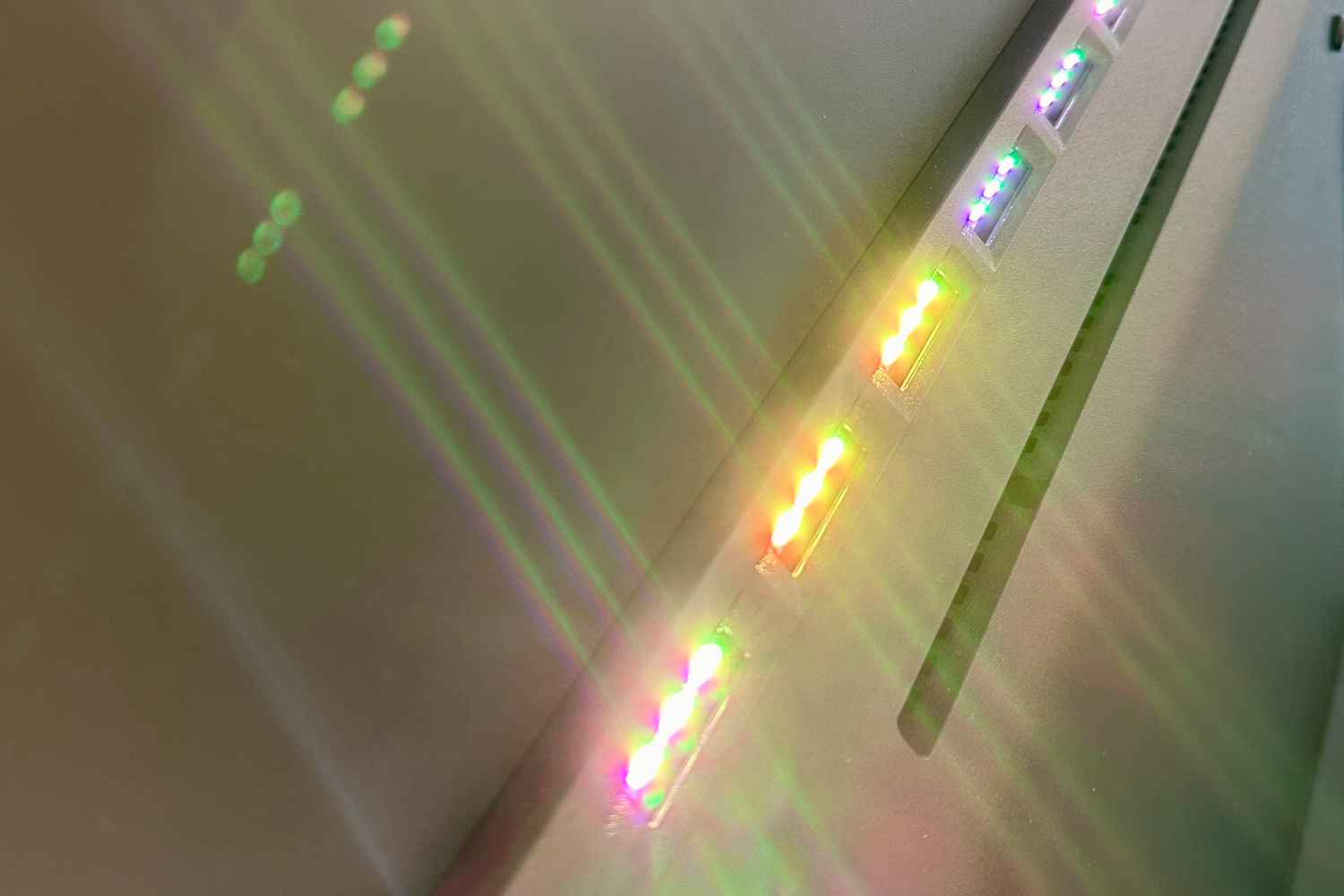
Where televisions are concerned, the ‘design’ options are strictly limited. So Philips has, quite sensibly, ensured the OLED808 is as slim as possible, built it properly and from decently tactile materials, and left it at that.
The Philips 55OLED808 sits on a sturdy central pedestal, so it doesn’t need an especially wide surface to stand on. There’s a fair amount of swivel available, so getting the set positioned exactly as you want it shouldn’t be any problem. The bezels surrounding the screen are nice and slim, and even at its deepest the 808 is just 68 mm when seen in profile.
Features: all of this and more
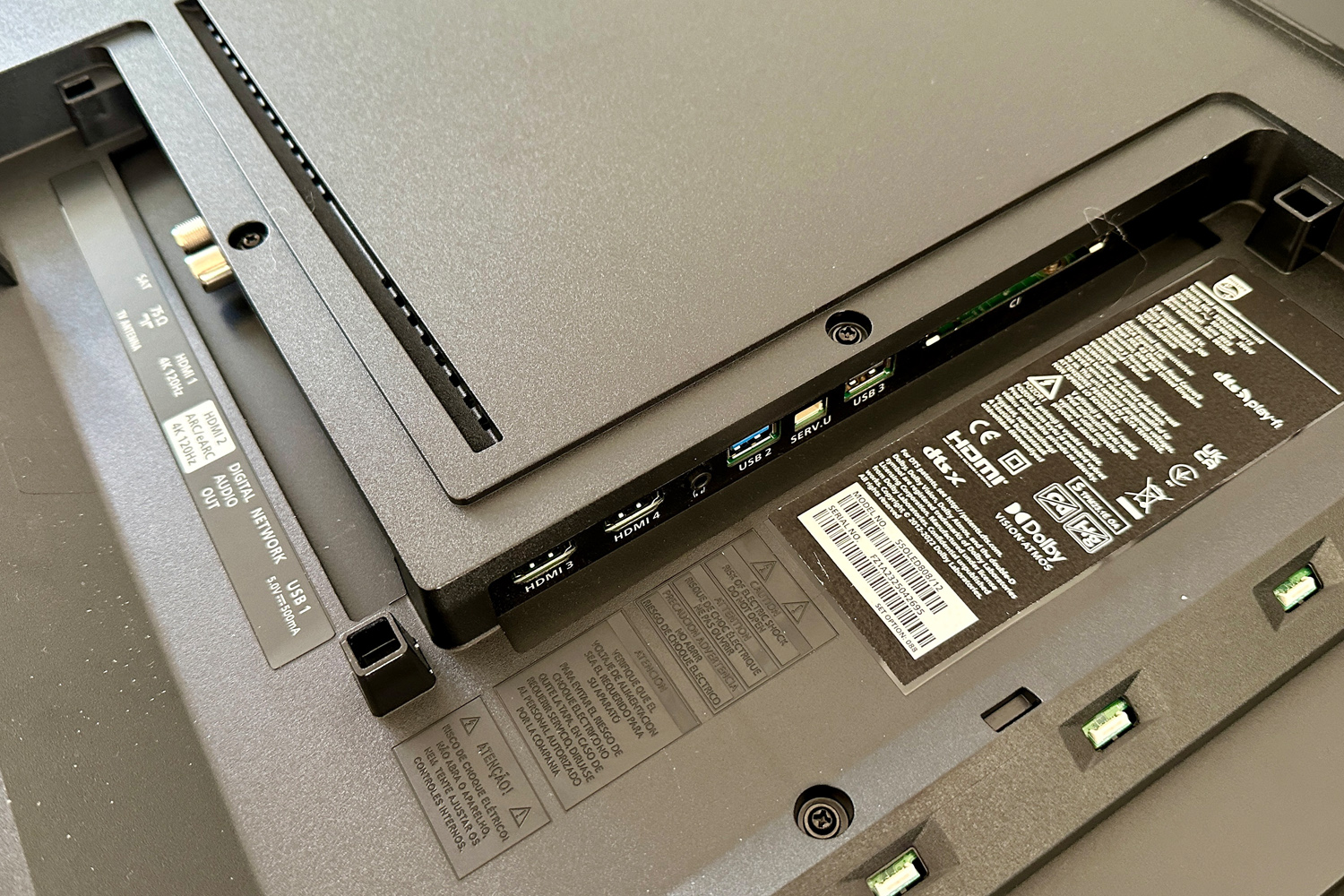
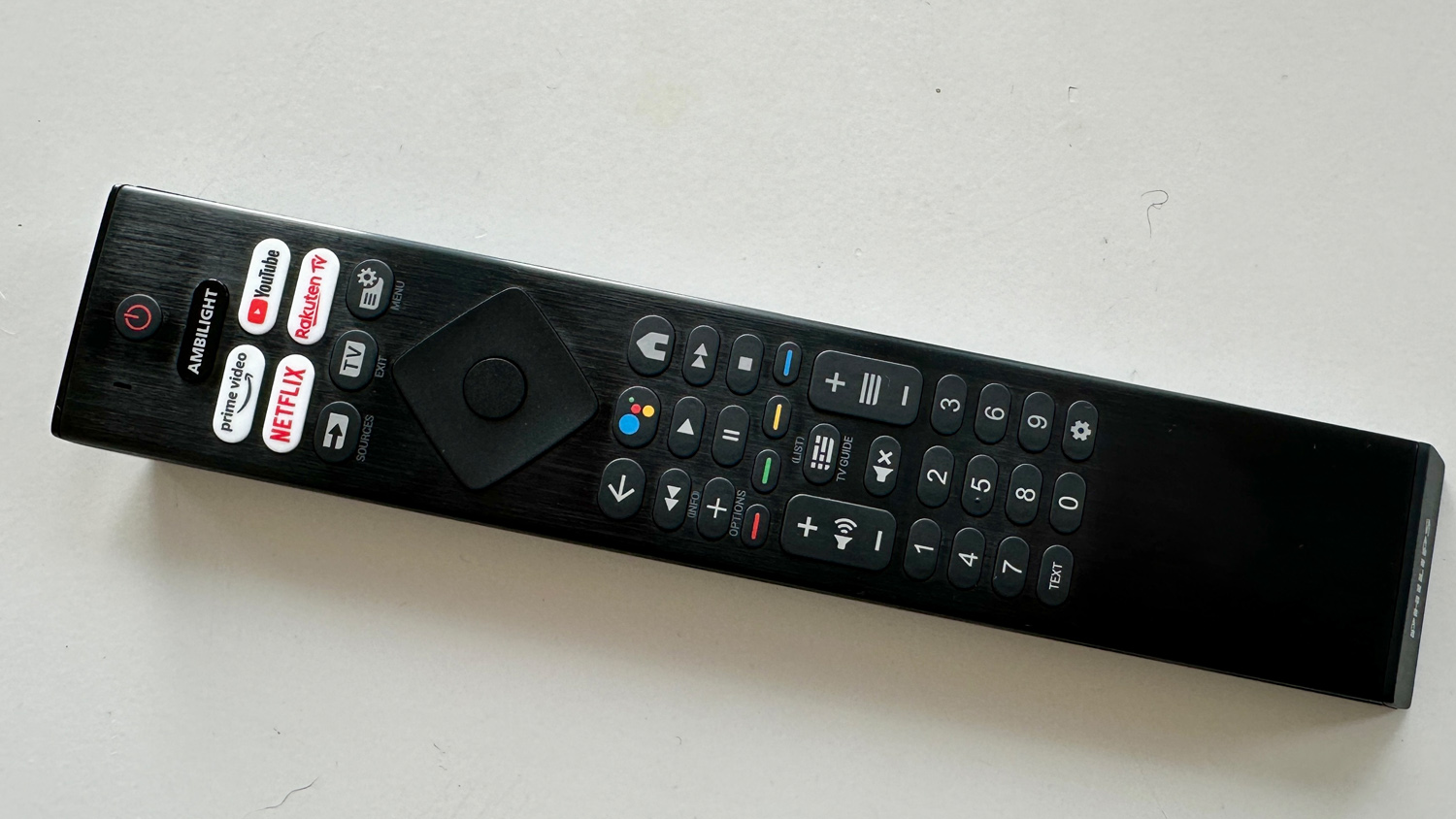
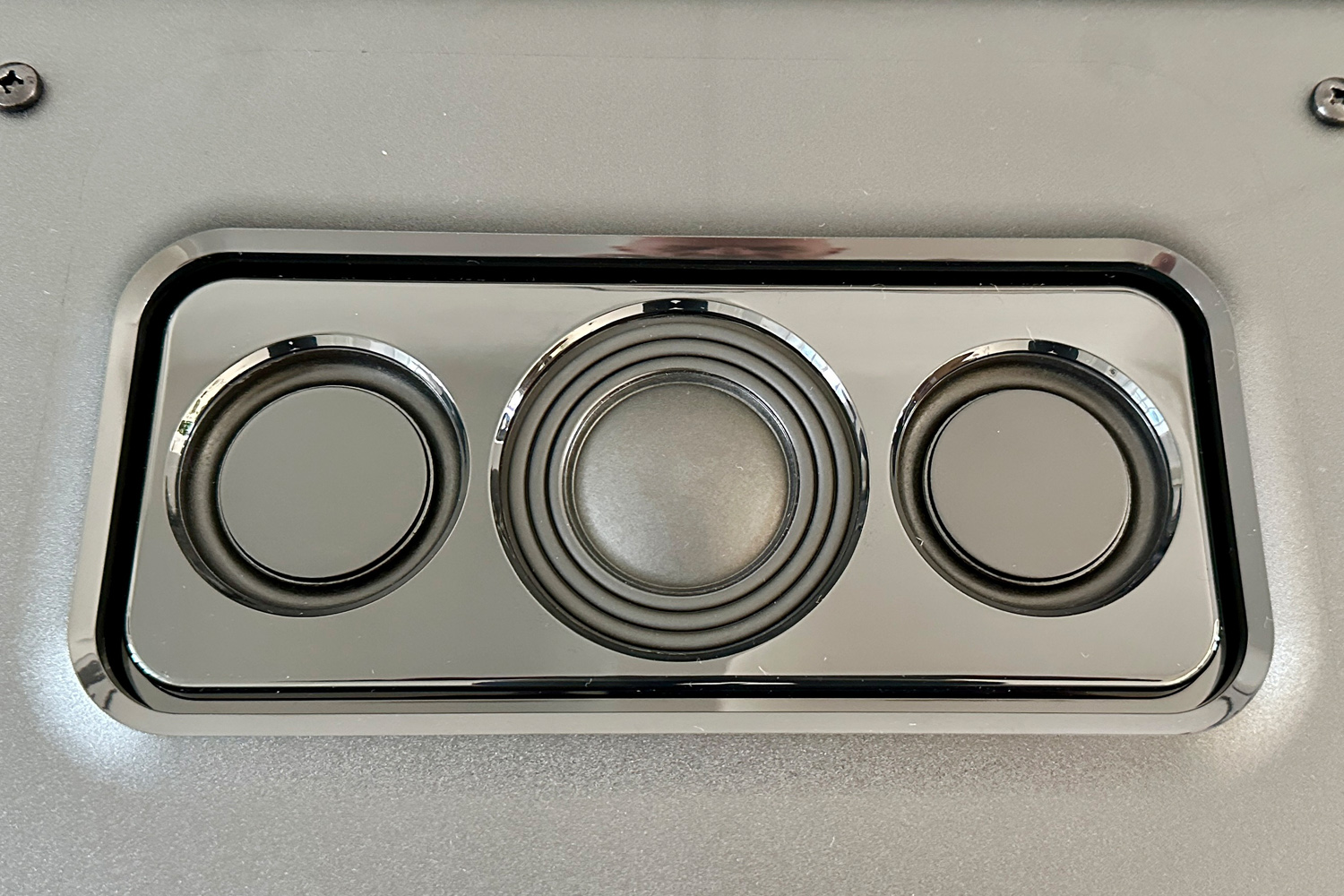
This, of course, is a 4K OLED TV – and because it’s a Philips television, it’s compatible with every major HDR standard. Which is, as we all know, not something LG, Samsung or Sony can claim. And where the most effective and worthwhile HDR standards – HDR10+ Adaptive and Dolby Vision – are concerned, there are numerous picture presets to choose from, including IMAX Enhanced and the infamous Filmmaker preset. There’s an HDR Game mode too, maximising the Philips 55OLED808’s support for 4K @120Hz Dolby Vision, VRR at 48Gps, FreeSync Premium, G-Sync and all the rest of it.
The hard graft is all done by the seventh generation of Philips’ P5 AI picture processing engine. It’s in charge of an OLED-EX ‘Prestige’ panel where the 55, 65 and 77in models are concerned (the 42in and 48in versions go without) – which offers, by prevailing OLED standards, impressive peak brightness. All the minutiae of picture performance (and this being a Philips OLED, there’s more than enough picture performance tweaking for the end user to get stuck into) is handled by the imaging engine. Ambient light level and dark detail optimisation settings are among the facilities well worth investigating.
As far as connectivity is concerned, the OLED 808 features four HDMI inputs, an OK-but-nothing-special two of which are at full-on 2.1 standard. One of these is also in charge of eARC connectivity too, mind you – so users with larger set-ups may find this level of functionality a bit restrictive. Three USB slots, a digital optical output, an Ethernet socket, CI slot, a couple of 3.5mm analogue outputs, and tuner aerial binding posts complete the line-up of physical connections – wireless stuff is taken care of by Bluetooth 5.0 and Wi-Fi. The OLED808 is compatible with DTS Play-Fi, which means it’s capable of forming part of a multi-channel or multi-room system (using appropriate partners) without too much difficulty.
Philips, of course, has a genuine point of difference where a lot of its TV are concerned: Ambilight. For the 55OLED808 it’s a three-sided affair – top, left and right – which as been improved and finessed compared to last year’s models. This ‘next gen’ version of Ambilight has an improved colour range, greater luminance and more precise control of each individual LED, and is adjustable for both brightness and speed of response. It’s quite the light show in person.
70 watts of sound powers four upper/midrange drivers (facing downwards and in receipt of 10 watts each) and a rear-mounted bass driver (30 watts) supported by a couple of balanced mode radiators. It’s a 2.1-channel arrangement, but the OLED808 is able to deal with both Dolby Atmos and DTS:X spatial audio content. Just not in a spatial audio way.
Interface: catch up if you can


As is usual with Philips, the setup menus are extensive – and they offer the end user quite a lot more input into the way the OLED808 performs than pretty much any rival design from an alternative manufacturer.
At least they can be navigated by using a new variation on the established Philips remote control handset theme: it’s the same fundamental design as has accompanied Philips TVs over the last few years, but is now made entirely of textured plastic rather than featuring a portion of vegetarian-baiting leather. The button layout is sensible, and there are some useful direct-access buttons – but the fact that only the ‘Ambilight’ button is illuminated is a bit weird.
As well as set-up menus, the remote control puts you in charge of a Google TV smart interface. In many ways, this is an obvious and demonstrable step up from the Android TV interface Philips has been using until now – it’s more content-centric, it’s quicker to pick up on your habits in order to make recommendations, and it’s as easy – if not easier – to navigate. But (and for some prospective customers, it’s a big ‘but’) there’s no provision for Freeview Play – which means UK users will miss out on TV catch-up apps from the BBC, Channel 4 and ITV.
Maybe you have an external TV box or streaming device, in which case it will almost certainly have them – so all is well. But if you don’t – and it’s by no means guaranteed that customers shopping for a new TV at this sort of money will – the Philips 55OLED808 is missing a fairly fundamental feature.
Performance: bright and balanced
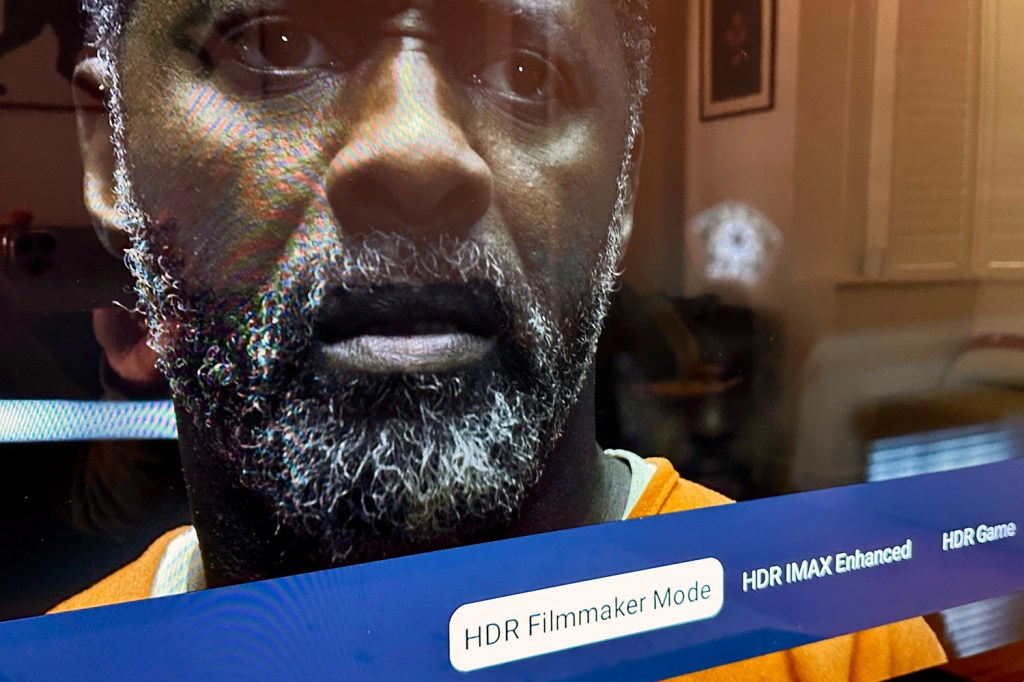
I’m hardly offering a revolutionary opinion when I suggest a 4K HDR television looks its best when given some 4K HDR content to work with. It won’t come as any kind of surprise when I say that’s the case with the Philips 55OLED808. With a 4K HDR10+ Adaptive Blu-ray disc of The Suicide Squad to display, the OLED808 looks a treat. And thanks to this disc’s Dolby Atmos sound, it doesn’t sound half-bad either.
In picture-making terms, the Philips is an across-the-board success. That its black tones are deep and lustrous is only to be expected, of course – this is an OLED TV, after all, and if there’s one thing even average OLEDs can do it’s generate true black. But the OLED808 manages to invest its black tones with lots of detail and variation, teasing out information even in very dark scenes – and in those scenes where deep blacks share the screen with bright whites, contrasts are very impressive indeed – and just as with black tones, the Philips identifies detail in what would otherwise be areas of uniformity.
The colour palette manages to balance naturalism with vibrancy, so that bright tones manage to pop from the screen without seeming lurid or overdriven. Detail levels remain high even in the most complex scenes, edge definition is good and there’s appreciable depth of field. Getting to the point where motion is controlled securely in all circumstances will take some trial and error in the set-up menus, but silkily convincing on-screen movement is available eventually.
Stepping down in quality (of resolution, if not of artistic merit) to a 1080p Blu-ray of Inception allows the Philips to demonstrate its upscaling chops. There are mild-but-undeniable drop-offs in detail levels (particularly in black and white tones) and edge definition, but nothing fatal – and in every other respect the OLED808 holds up well. It grips motion with determination, and maintains its colour-balance well. There are limits, of course – antiquated off-air broadcasts of sub-720p standard look a bit nightmarish, to be honest. They’re smeary and indistinct, and the Philips simply can’t disguise how much effort it’s making to fill its pixel-count.
Fire up a Playstation 5 with a copy of FC24 loaded, the OLED808 proves a very capable games monitor indeed. In HDR ‘Game’ mode, all of the good stuff regarding picture performance – contrasts, detail levels, colour fidelity, all the rest of it – is in place, and with a latency of comfortably less than 15ms the Philips is plenty responsive enough.
Sound, it’s fair to say, is less exciting than the picture performance that’s available here. Still, the tonality and balance is, at least well-judged. The top end behaves itself even during the crashiest, bangiest, wallopiest moments, there’s respectable low frequency presence, and the midrange projects well. If you can spare one of your pair of HDMI 2.1 sockets to make an eARC connection to a decent soundbar you’ll make improvements, naturally – but the OLED808 is not one of those screens that demands you immediately find more money to improve on its audio system.
Philips 55OLED808 verdict

As is becoming entirely predictable, the Philips 55OLED808 has served up an accomplished and brilliantly executed midrange OLED range.
The lack of Freeview Play and corresponding TV catch-up channels is an odd one, no doubt about it, but exemplary (and Ambilight-enhanced) picture performance goes an awfully long way towards making up for it.
Stuff Says…
Did anyone really not see the headline ‘Another Great Philips OLED TV’ coming?
Pros
Ambilight is its usual delight
Bright, detailed and beautifully balanced images
Half-decent audio system
Cons
No Freeview Play
Only two 4K@120Hz HDMI inputs
Remote control could use some backlighting
Philips 55OLED808 technical specifications
| Screen size | 42in, 48in, 55in (version tested), 65in, 77in |
| Resolution | 3840 x 2160, 120Hz |
| HDR formats | HDR10+ Adaptive, HLG, Dolby Vision |
| Inputs | 2x HDMI 2.1, 2x HDMI 2.0, 3x USB, digital optical out, headphone out, Ethernet, CI+, Wi-Fi, Bluetooth |
| Smart TV OS | Google TV |
| Dimensions | 1225x707x68mm (panel only) 1225x773x230mm (with stand) |
| Weight | 18.3kg (panel only) 21.7kg (with stand) |



